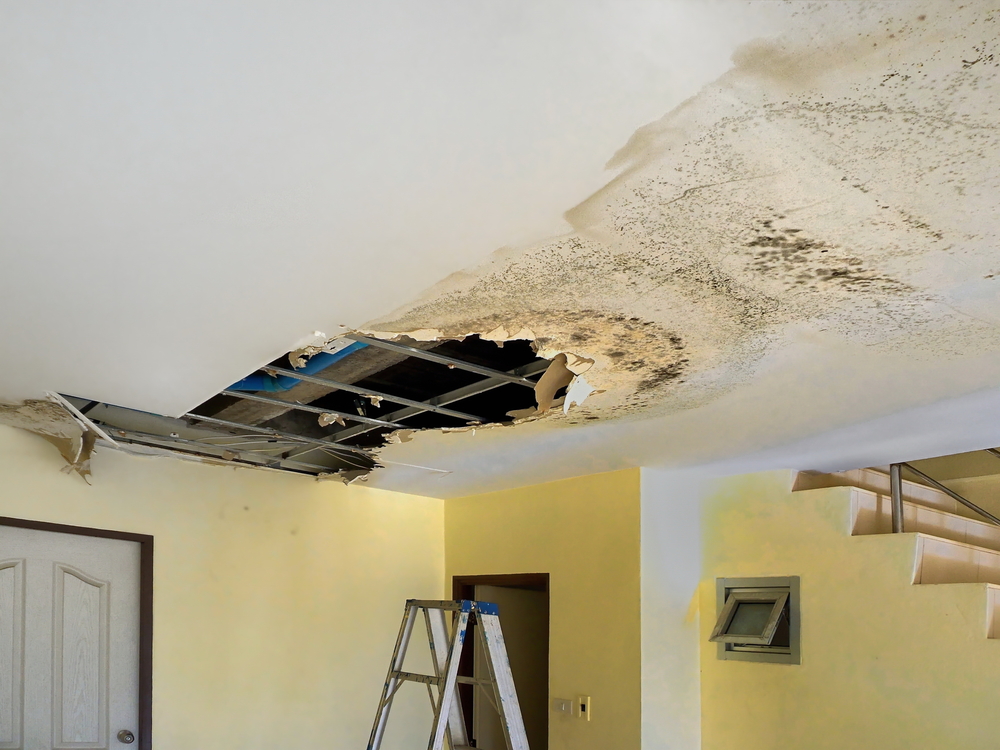Overview To Water Leak Detection In The House
Overview To Water Leak Detection In The House
Blog Article
We've stumbled on the article pertaining to Leaking water lines down the page on the net and think it made sense to write about it with you in this article.

Early discovery of leaking water lines can mitigate a possible catastrophe. Some small water leaks might not be noticeable.
1. Take A Look At the Water Meter
Examining it is a guaranteed means that aids you find leakages. If it moves, that indicates a fast-moving leak. This means you may have a slow leak that can also be below ground.
2. Examine Water Usage
Evaluate your water expenses and also track your water usage. As the one paying it, you should notice if there are any type of discrepancies. If you spot sudden changes, despite your consumption being the same, it implies that you have leaks in your plumbing system. Keep in mind, your water bill should fall under the exact same variety monthly. An unexpected spike in your expense suggests a fast-moving leak.
At the same time, a constant rise each month, despite the exact same practices, shows you have a slow-moving leakage that's likewise slowly escalating. Call a plumber to completely check your home, especially if you really feel a cozy area on your flooring with piping below.
3. Do a Food Coloring Examination
When it concerns water consumption, 30% originates from bathrooms. Test to see if they are running properly. Decline specks of food color in the storage tank and wait 10 mins. There's a leak in between the storage tank and also bowl if the color somehow infiltrates your bowl throughout that time without flushing.
4. Asses Outside Lines
Do not forget to inspect your exterior water lines too. Ought to water leak out of the link, you have a loose rubber gasket. One small leakage can throw away loads of water as well as increase your water expense.
5. Examine the scenario and also inspect
Property owners must make it a behavior to check under the sink counters and even inside cupboards for any type of bad odor or mold and mildew development. These two red flags suggest a leak so timely interest is called for. Doing regular examinations, even bi-annually, can save you from a major problem.
If you recognize your home is already old, keep a watchful eye on your heaters, tubes, pipes etc. Check for stainings and weakening as most appliances and also pipelines have a life span. They will certainly likewise naturally degrade because of deterioration. If you presume dripping water lines in your plumbing system, do not wait on it to intensify. Call a specialist plumber right away so you don't wind up with a dreadful mess in your house.
Early discovery of leaking water lines can mitigate a possible calamity. Some small water leakages might not be noticeable. Checking it is a surefire means that assists you discover leakages. One small leak can throw away heaps of water and increase your water expense.
If you think dripping water lines in your plumbing system, don't wait for it to escalate.
WARNING SIGNS OF WATER LEAKAGE BEHIND THE WALL
PERSISTENT MUSTY ODORS
As water slowly drips from a leaky pipe inside the wall, flooring and sheetrock stay damp and develop an odor similar to wet cardboard. It generates a musty smell that can help you find hidden leaks.
MOLD IN UNUSUAL AREAS
Mold usually grows in wet areas like kitchens, baths and laundry rooms. If you spot the stuff on walls or baseboards in other rooms of the house, it’s a good indicator of undetected water leaks.
STAINS THAT GROW
When mold thrives around a leaky pipe, it sometimes takes hold on the inside surface of the affected wall. A growing stain on otherwise clean sheetrock is often your sign of a hidden plumbing problem.
PEELING OR BUBBLING WALLPAPER / PAINT
This clue is easy to miss in rooms that don’t get much use. When you see wallpaper separating along seams or paint bubbling or flaking off the wall, blame sheetrock that stays wet because of an undetected leak.
BUCKLED CEILINGS AND STAINED FLOORS
If ceilings or floors in bathrooms, kitchens or laundry areas develop structural problems, don’t rule out constant damp inside the walls. Wet sheetrock can affect adjacent framing, flooring and ceilings.
https://www.servicemasterbyzaba.com/blog/how-to-detect-water-leakage-in-walls/

As a devoted reader on Finding hidden leaks, I assumed sharing that short article was a good idea. Sharing is caring. Who knows, you may be helping someone out. Many thanks for your time. Please visit our site back soon.
Report this page